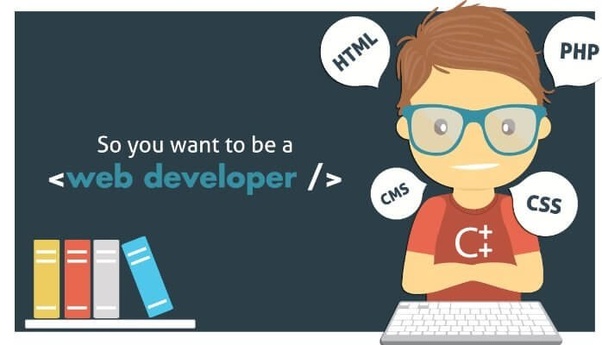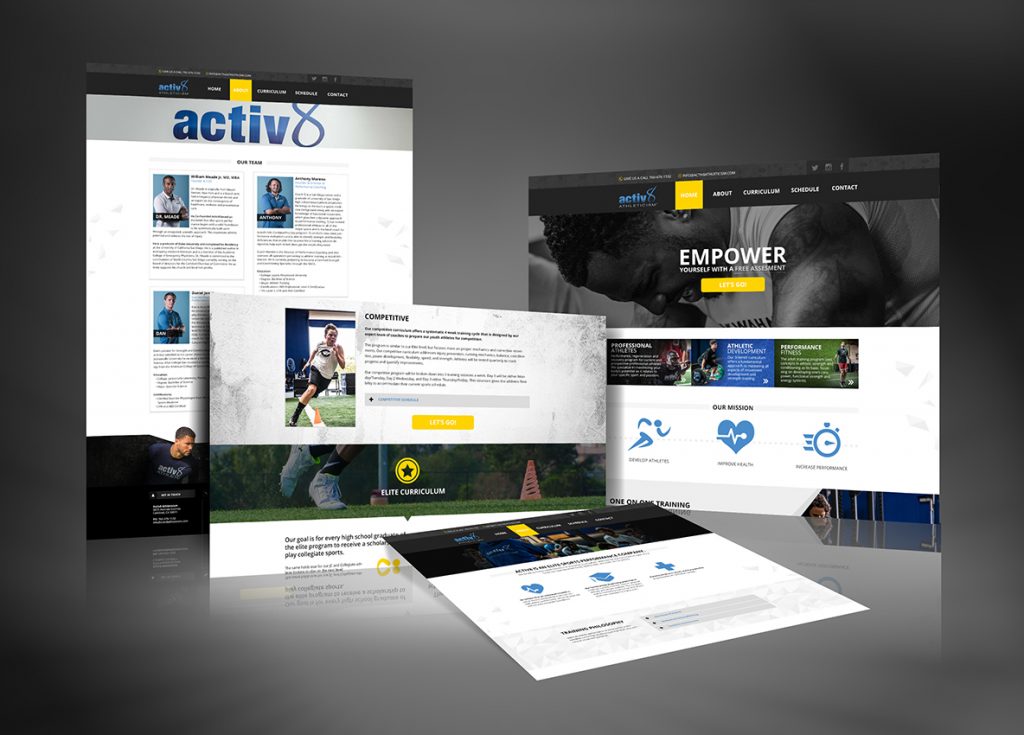



If you want to start a career in web design or turn into Tech (especially because of the high starting salaries and flexibility that come with it), then you are at the right place to learn about it.
There’s a clear list of web designing skills you’ll need to learn, and once you have those, it’s one of the easiest Entry-level tech roles to land since the industry often hires designers based on their portfolio and code, not based on the previous job experience.
But what is web designing? And how exactly do you get started in the field? I have put together this ultimate guide to break down everything you need to know about landing web designer jobs. From what exactly a web designer is, to what skills web designers need, to how to find an entry-level designer.


Now, we kick off with…
Web design is the process of creating websites. It encompasses several different aspects, including web page layout, content production, and graphic design. While the terms web design and web development are often used interchangeably, web design is technically a subset of the broader category of web development.
Web designers are creative, digital professionals who craft the overall vision and plan for a website. Web design is less about using code to bring a website to life, and more about determining a site’s layout, color palette, fonts, and visual themes.


These visual architects are responsible for the overall awesomeness of a website’s look—its layout, colors, fonts, icons, buttons, the “whole picture”
Anywhere online that you see elements of visual design, it’s likely a web designer has played a part in the process. The web design role might include the following tasks or responsibilities:
Now that you have an idea of what web designers do, let’s look at the core skills they use to do it.
Web design skills can be broken down into hard and soft categories. Let’s start with the necessary tech and visual design skills, which fall firmly into the “hard” skills :
Additional soft skills to consider:


Now that you have an idea of the kind of skills it takes to work as a web designer, you’re probably wondering HOW to actually start learning these skills. And, based on the kind of questions we get from prospective students, you might be letting some preconceived notions give you unnecessary anxiety on the topic. In addition to simply wanting to know where and how to learn tech skills, newcomers to tech are often worried that learning these skills will:
1. Require high-level math skills
2. Take too long
3. Require a college degree
Fears and misconceptions aside, the next question to answer is WHERE to start learning web designer skills. The good news is, whatever your situation, there’s a learning format that will work for you which is very important because what works for others may not for you. Some of the most common places to learn coding skills are:
Our prime focus is to maximize your learning experience and get you immersed in the world of web designing thus preparing you for that dream job. Our course will guide and assist you through your daily coding, design, digital or entrepreneurship challenges.
After Torilo Academy, you will be able to find your dream job, whether it be a product manager, developer, designer or entrepreneur. Our boot-camp prepares everyone for a career change or progression. We are keen on building champions and that’s what you are.
Fortunately, if the barrier of entry to boot camps doesn’t fit your personal circumstances, there are other options. One of those options (on the other end of the spectrum from coding boot camps) is learning through online tutorials. Unlike the Bootcamp model, learning through tutorials online can be done entirely at your own pace, and in many cases for free. Sites like Coursera and Lynda offer low cost and free tutorials.
A third way to learn web development skills is to take a paid, instructor-led course online. This approach mixes the structure of a boot camp (though a lot less intense and considerably less expensive) with the flexibility of learning from home.
So, if you take the time and spend the money to learn web design skills, what kind of financial return on your investment can you expect to see from entry-level web designer jobs?
Web design cost varies a great deal from one designer to the next. In fact, it is safe to say there is no universally accepted price for any web design project
To determine what you can reasonably expect to make, Glassdoor’s Know Your Worth tool is a great way to plug in specific details about your own circumstances to calculate a likely salary (and the right number to give when asked your salary requirements).


Don’t think of profit at first; that’s our best advice. The first thing to do is to build a Portfolio. Building your portfolio is essential to landing your first job.
Step 1: Create mock projects
As web designers, your skills (and aesthetic eye) are as much your trading card as your resume. Cue the mock project.
Create a website design for a friend or mock-up a brand redesign for a company you love. Build a custom email newsletter for an imaginary campaign. The point is, there are plenty of web design projects to add to your portfolio that don’t require a paying client. In the end, those projects (and the time you spend on them) will pay off.
Step 2: Make sure your portfolio looks the part
Even your own portfolio can serve as an example of your skills. If you design it yourself, it’s an immediate demonstration of your skills and vibe. And since it’s one of the first things a hiring manager will look after your resume, that’s huge.
Step 3: Perfect your elevator pitch
Anytime you’re entering a new industry or trying to shift between roles that don’t exactly correlate, you’re going to need a hype pitch. It should explain who you are, what sets you apart, and why (despite perhaps a lack of experience) you can solve the problems a company has.
*Step 4: Don’t forget the personalized cover letter and resume
Since you’re new to the field of web design, never apply for a job without writing a custom cover letter. Take the time to research the company, notice any trends in the projects they work on or even problem areas (what could they be doing more of), and include those observations in your letter. Consider mentioning a personal experience you’ve had with the company, too. The more original, the better.
When it comes to your resume, it’s got to look as good as your portfolio and the projects you’re showcasing. If you’re comfortable enough in Adobe to design your own resume, go for it!
Step 5: Look for jobs that don’t require too much experience, but don’t be afraid to apply if they do.
Most sites including LinkedIn, digit.ng, and Indeed will let you filter by experience level to find entry-level web design roles, so start there.
Still, a few words of advice: don’t let a requirement like “2-3 years of experience in the field” stop you. If you can prove you’re the right personality for the team and a proactive learner, those requirements may not be so required after all.
Well, you’ve made it this far, which means you’re probably ready to get serious about learning to code and working as a web designer; all it takes is commitment and the necessary practice!
A Torilo Academy training center in Lagos, we would offer you the best training to make you become a hotcake out there and your service will be very much needed.
© 2023 Torilo Academy. All right reserved
© 2021 Torilo Academy. All right reserved